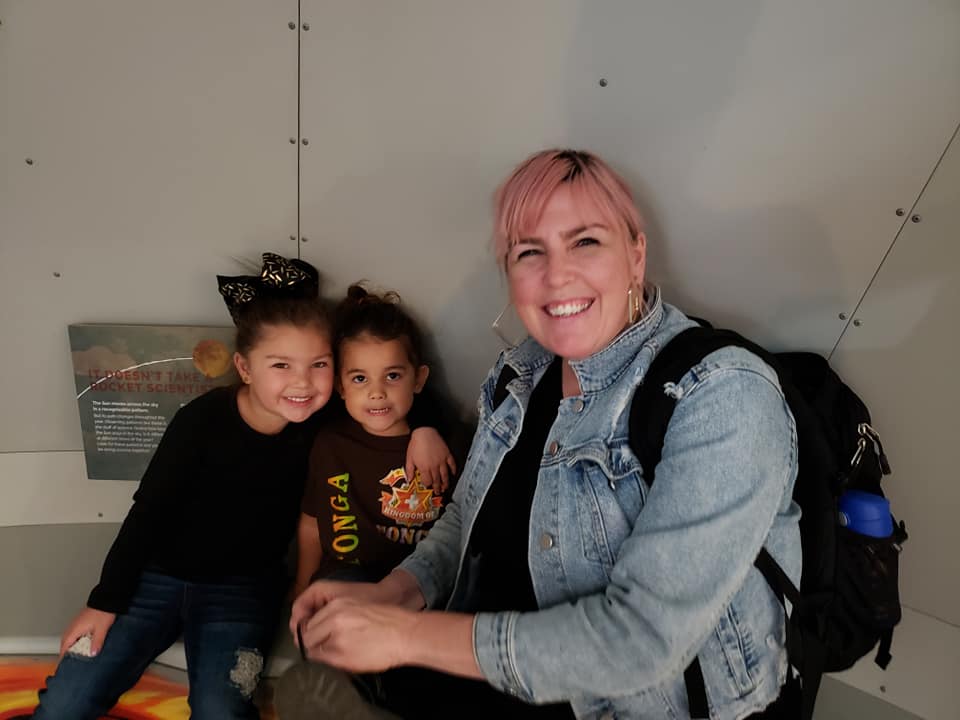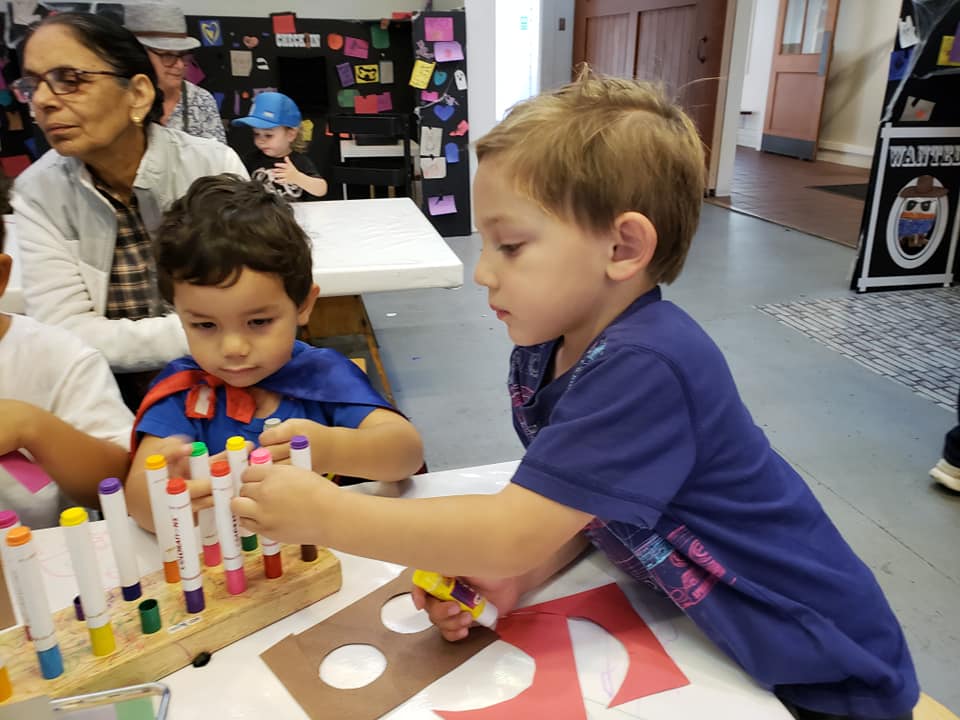One important tool in our connection as a family has been annual passes to local attractions in the Bay Area, including the Oakland Zoo and Bay Area Discovery Museum. The sticker shock at purchasing these annual passes was the primary reason that I delayed as long as I did, but I have found them worth many times the prices that we paid and ways to help reduce that cost.

Why We Love Them
Growing up, my family had annual passes to different places like water parks and aquariums, but these places were all an hour or so from our house, so we went a few times a year. The first time I heard about annual passes in a homeschooling context was on the Exploring Unschooling podcast from Living Joyfully. Pam Larrichia discussed how annual passes allow families to slow down.
One of our goals as a family is to slow down our children’s childhoods. I believe the American pace of raising children contributes to the disconnection among families. When children are in school for most of the day then spend most of the evening in extracurricular activities, there is not much time for creating connection. This frantic pace can wind its way into our family outings. Places like zoos and museums often cost $15-$20 per person. When you have a larger family, it can be over $100 for the entrance fee, and that’s not including the gas, tolls, food and other expenses for the days. When we pay that much to get into the museum, it can feel necessary to “get your money’s worth.” Instead of allowing the children to meander and enjoy the exhibits at their own pace, we as parents want to rush them through to ensure they see everything in one day.
An annual pass allows your family to focus on the child’s interest. If they want to spend the entire day at a single exhibit, knowing that we can always come back next week takes some of the mental pressure off us as parents. One day I took the kids to the zoo for three hours. We went to the petting zoo, then we went to look at the bats and returned to the petting zoo. For three hours, we only looked at two things. While we were there, we got the opportunity to see the zookeepers feed cantaloupe to all the bats, which we likely would have missed if we had looked at the bats for a few minutes and then rushed to the next animals. When we slow down, the kids want me to read the information to them, sometimes two or three times over the course of a few visits, so we have learned quite a lot about bats. We know the names of most of the goats in the petting zoo, and we got an informal lesson on a surgery one of the goats recently had and why he needed to be kept separate from the other goats.

These deep dives into a single task allow children to be fully immersed in the activity or exhibit. It’s common to hear parents complain that their children do not have a long attention span, but one can imagine that this is potentially related to the fact that they make a habit of breaking our children’s attention so that they don’t learn how to focus for longer periods of time. Having a child move quickly from one exhibit to another. Imagine they are immersed in playing with the kinetic sand. They have focused their attention and are practicing this important skills. Then we as parents jump in and say “who wants to go to the painting room?” Without waiting for an answer, we usher them on to the next place. Doing this repeatedly interrupts their practice of engaging their longer attention spans.
Another mental load that an annual pass relieves is the need to stay at the location all day. Again, if you spent $150 to get in, you may expect to be there from open to close. This can be too much pressure to put on our children, especially if they are under 5. The Oakland Zoo is a great place to visit because there are two parks inside the zoo, so we can play at the park then look at the animals, and return to the park if we want to. I set aside one afternoon a week to take the kids to the zoo. We may look at a few animals, or we may spend most of the time at the park. My six year old would be happy to stay for the entire day at the zoo looking at all the animals, but my three year old needs a break. We stay for a few hours and then pick Afa up at the train station. Repeat the following week.
In our experience, annual passes add more joy and remove more stress from visits to these attractions.

Reciprocity Passes
When you have an annual membership at one children’s museum or zoo, there are reciprocal benefits that allow you to get into other ones either free or deeply discounted. If your family travels, this can be a great benefit, allowing you an established activity in many cities you will already be in.
Zoos with reciprocal admissions
Children’s Museums with reciprocal admissions
Overcoming the Cost
Annual memberships to these attractions can be well over $200, which is cost prohibitive to many families. Here are a few ideas to help pay for these benefits.
If you receive EBT, some locations offer steep discounts for the annual membership. Bay Area Discovery Museum is only $25 for the annual family pass.
Save the money over several months and purchase the pass around Black Friday. There are often discounts on annual memberships as part of the holiday sales.
If you have family or friends who purchase birthday and/or Christmas gifts for your children, ask them to donate money toward these annual passes in lieu of toys. This has the added benefit of not creating additional clutter in your house.
This may not be an option everywhere, but in the Bay Area libraries offer free day passes to local attractions that you can check out with your library card. It can offer the same benefits as an annual pass since there are not limits on how many times in a year one family can check them out.
The Bay Area Discovery Museum has Free First Wednesdays, and a pay-what-you-can option, which also make visits affordable to more families.
